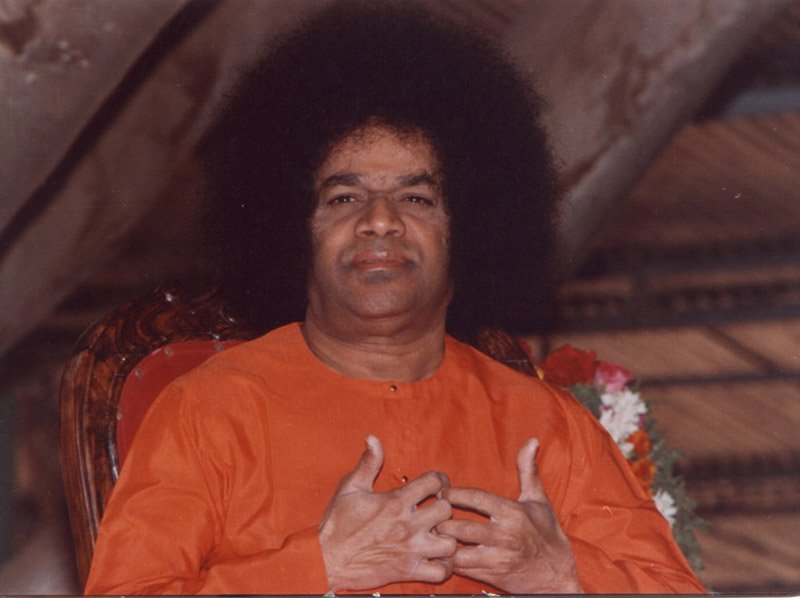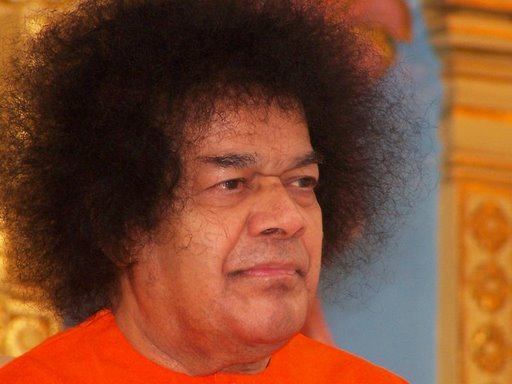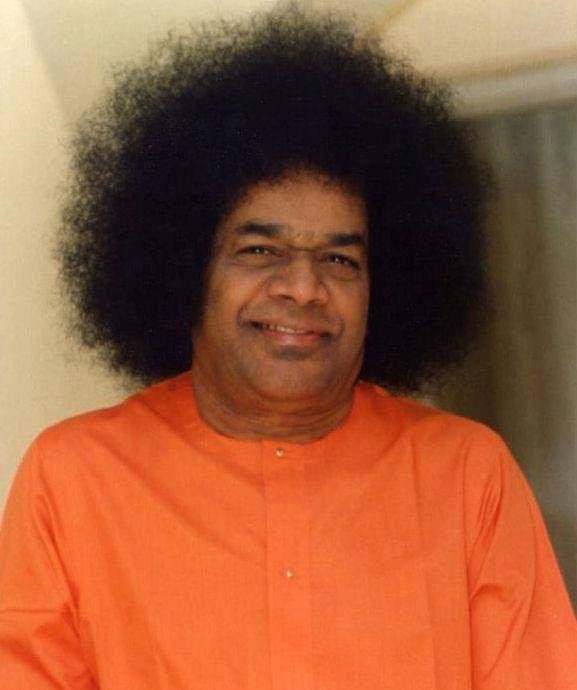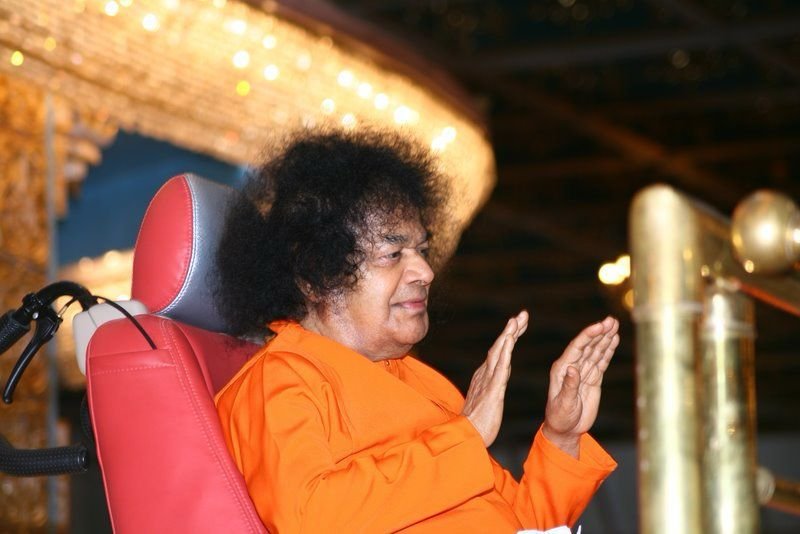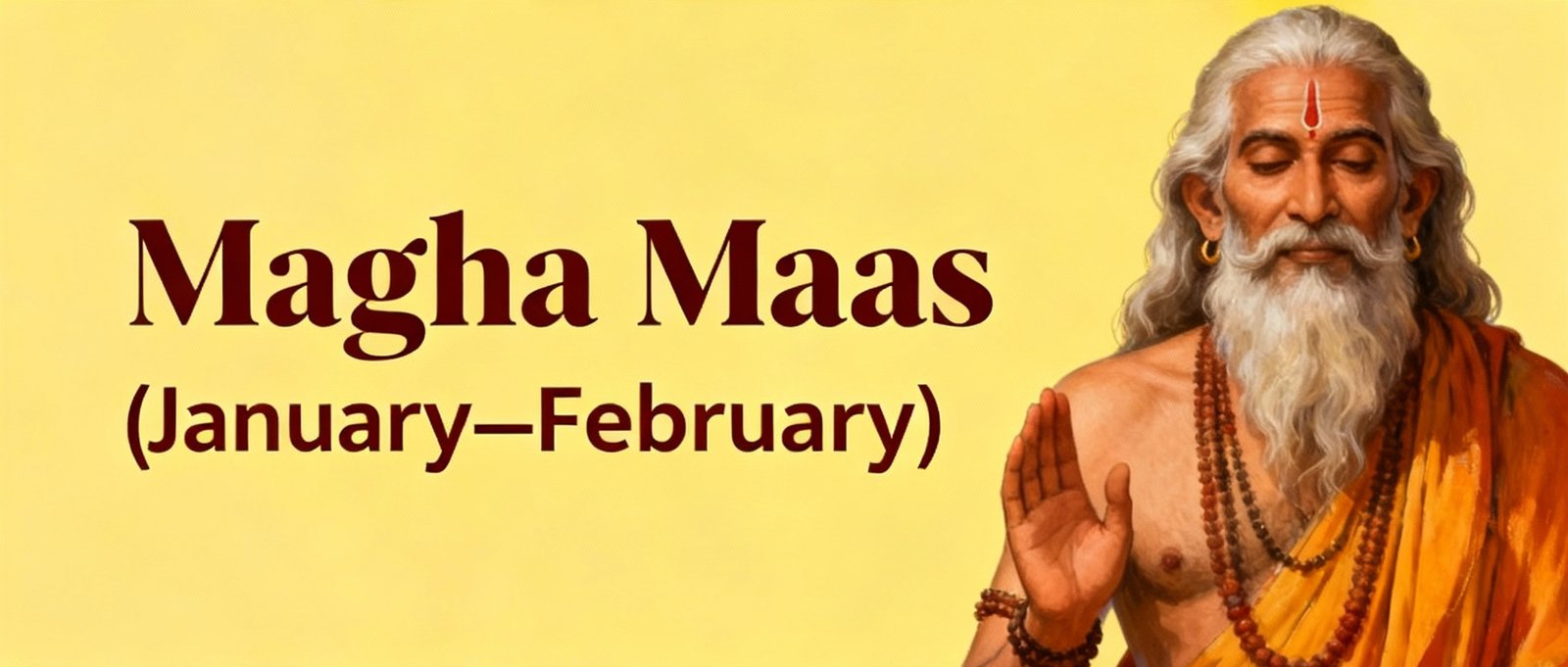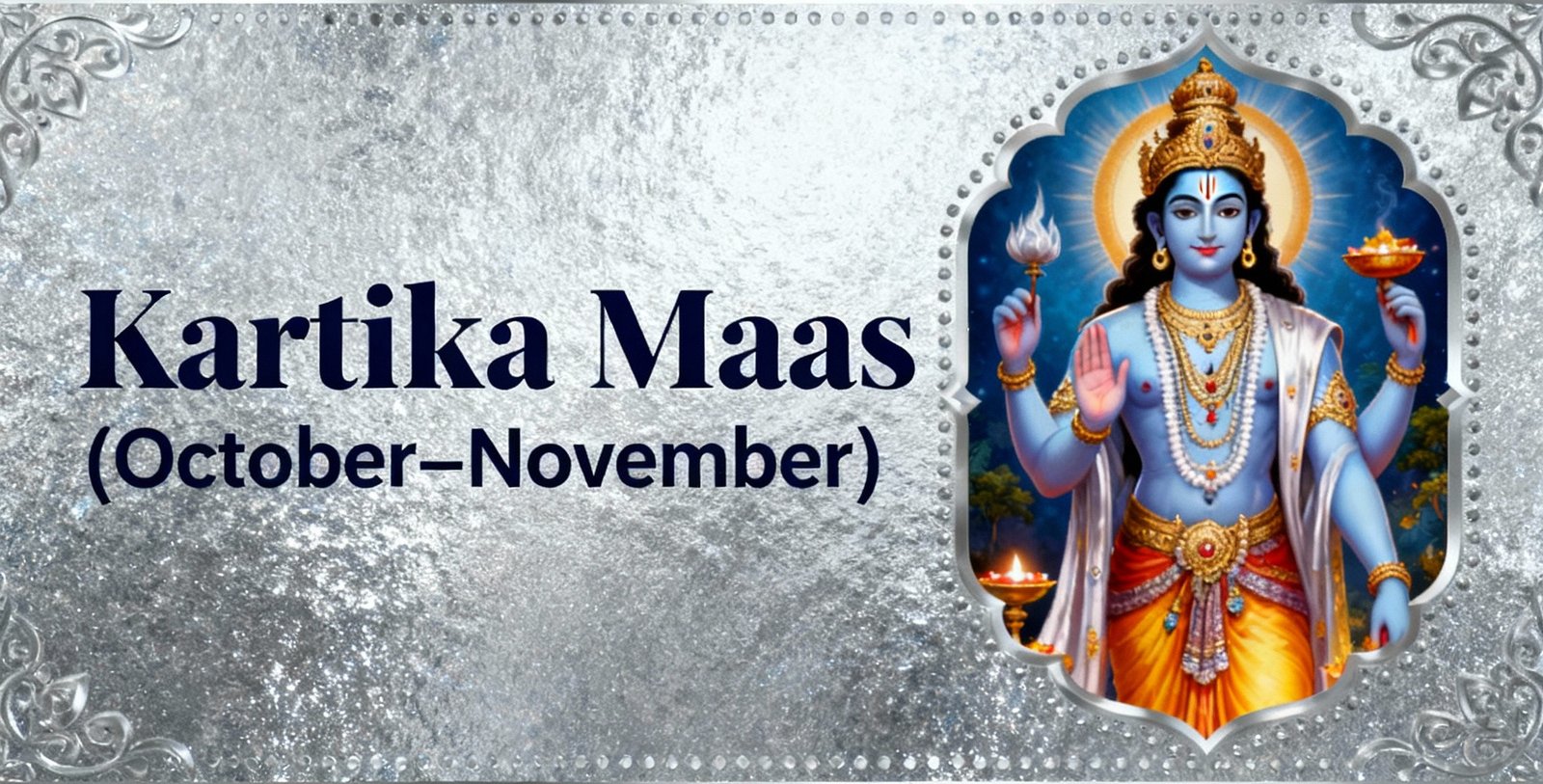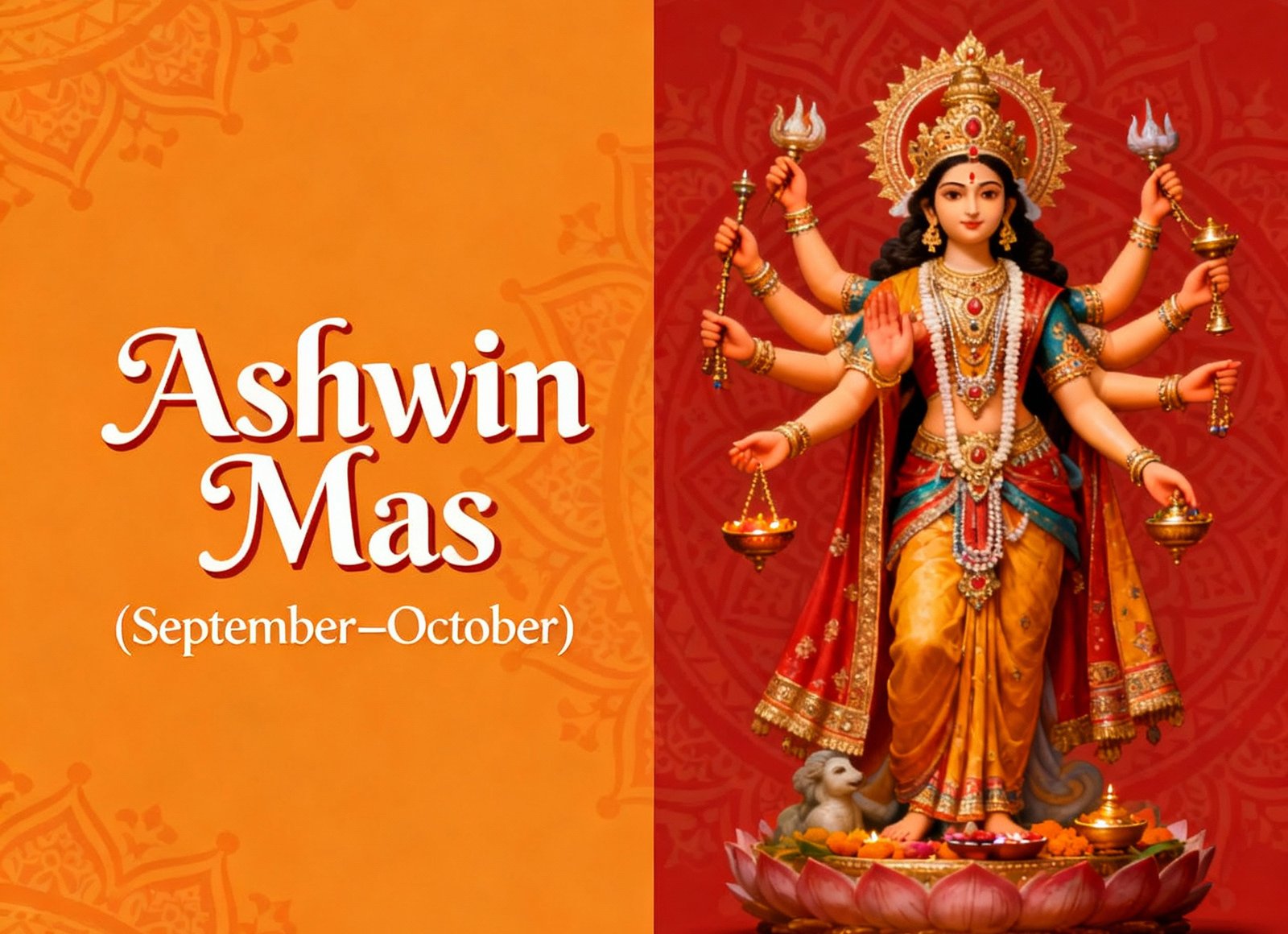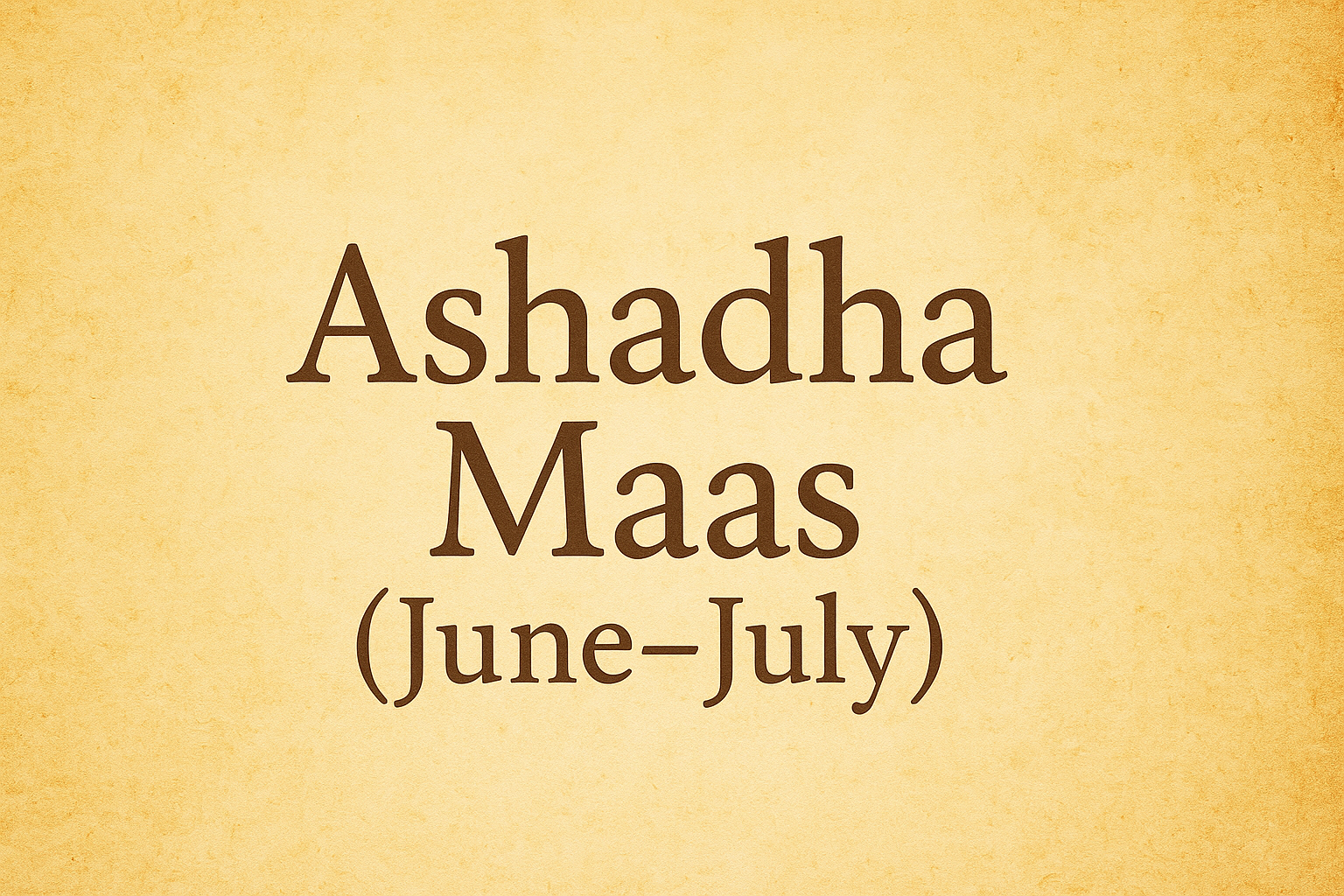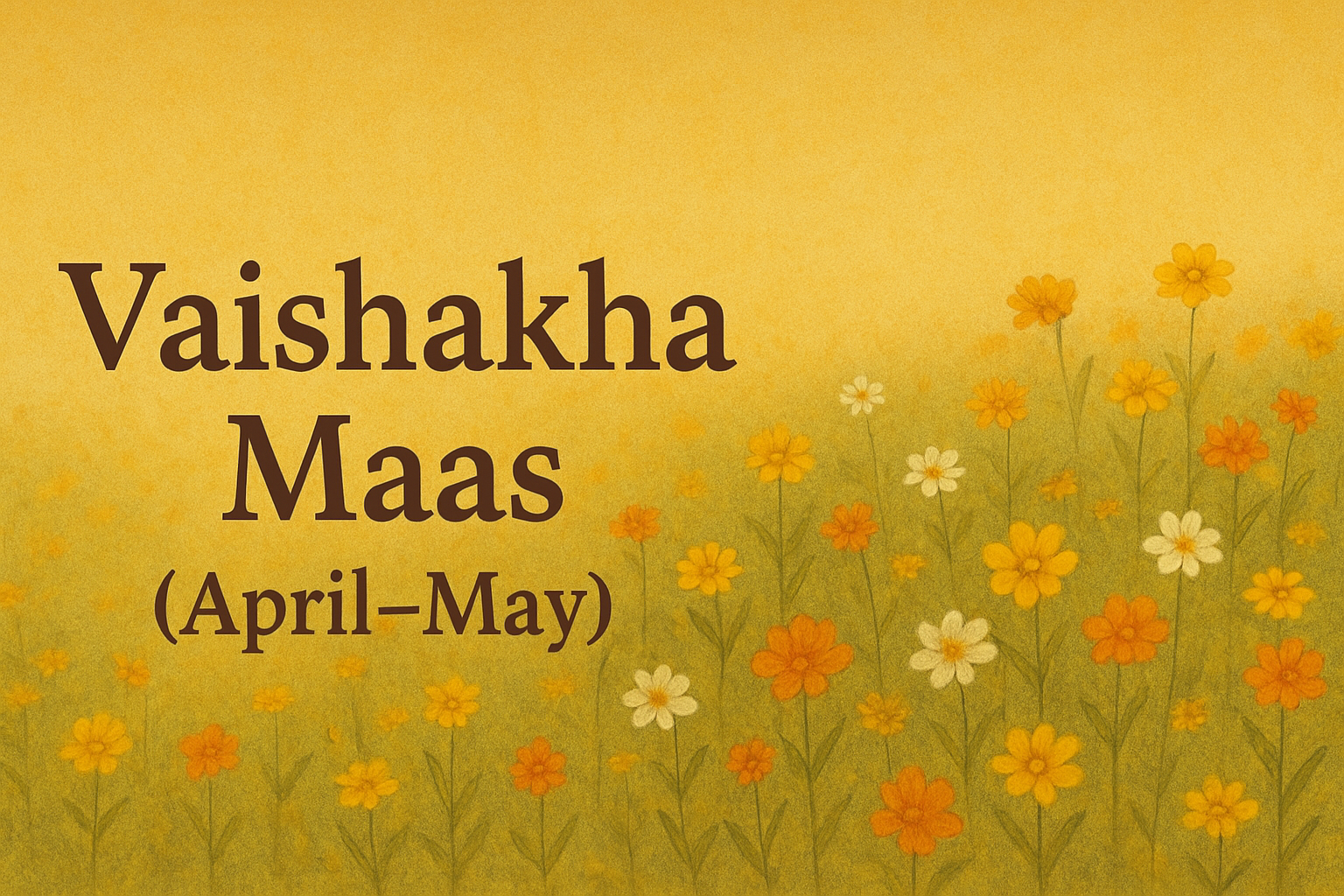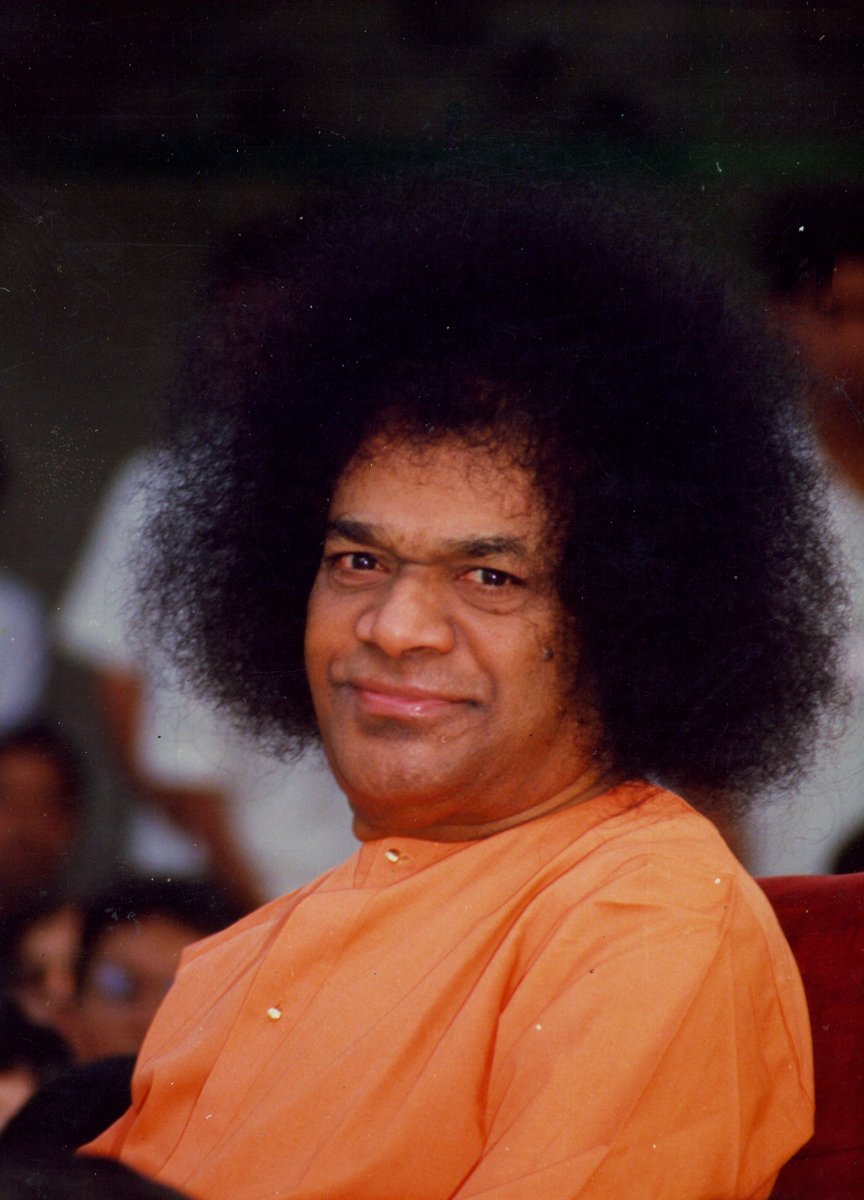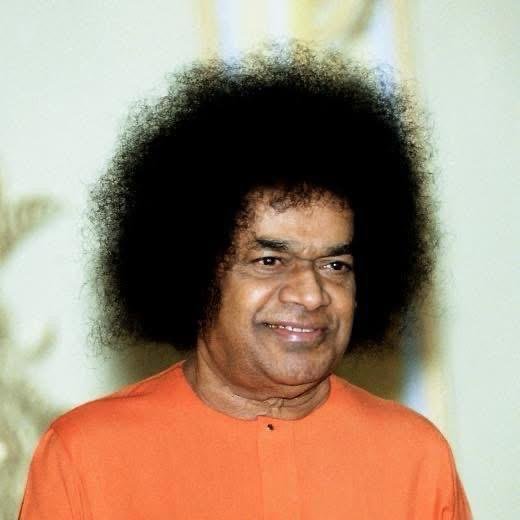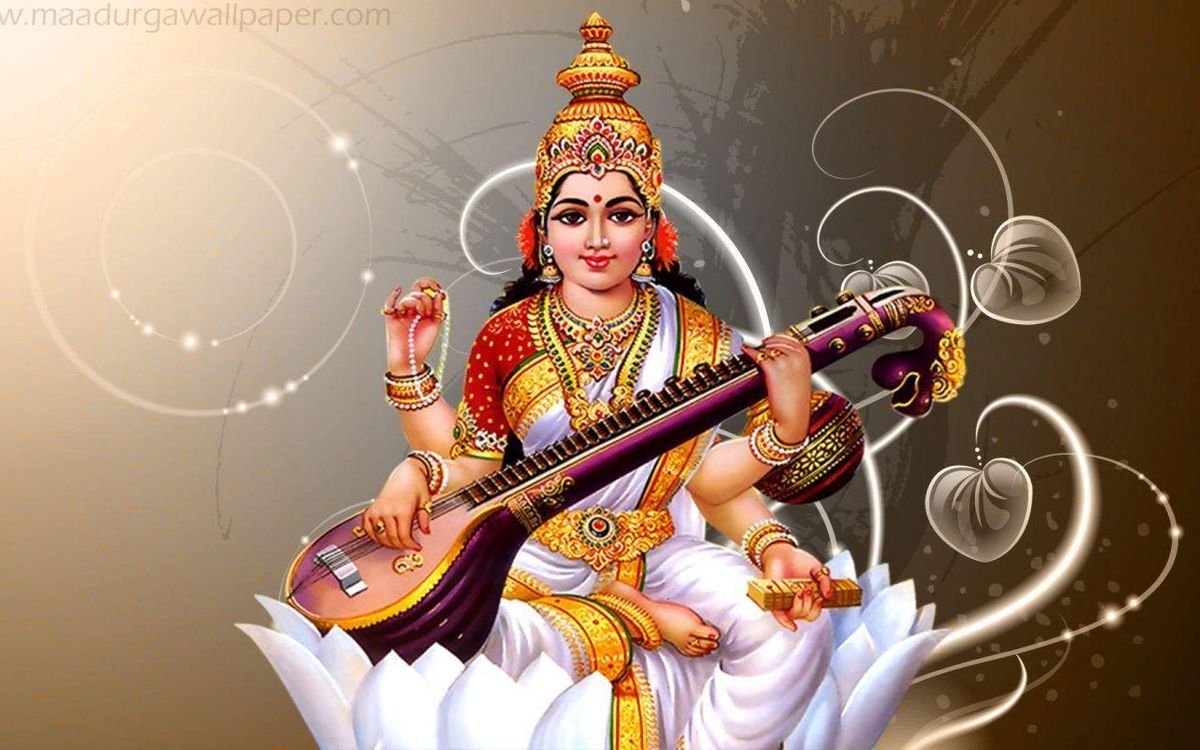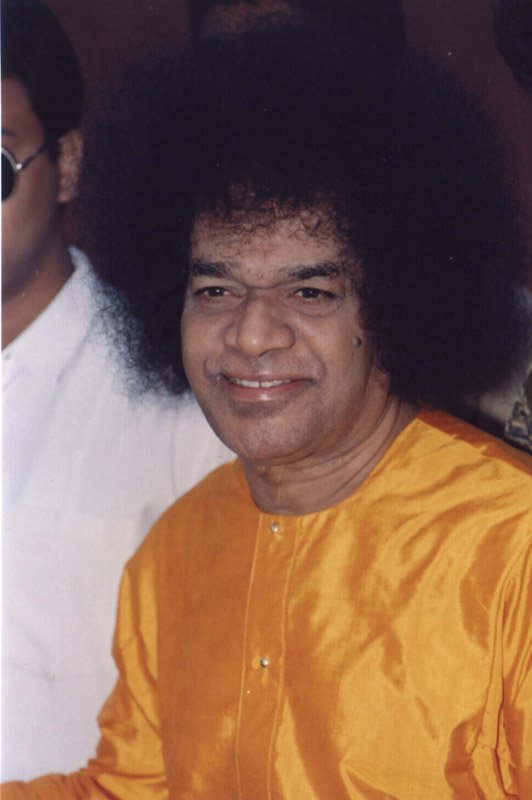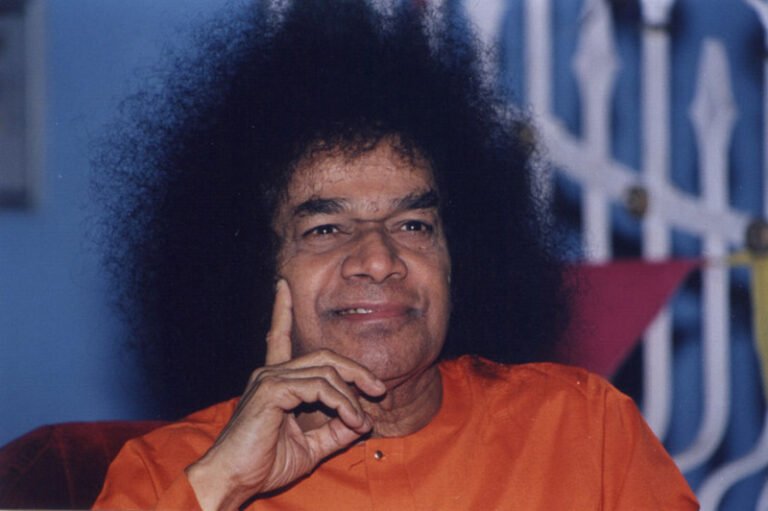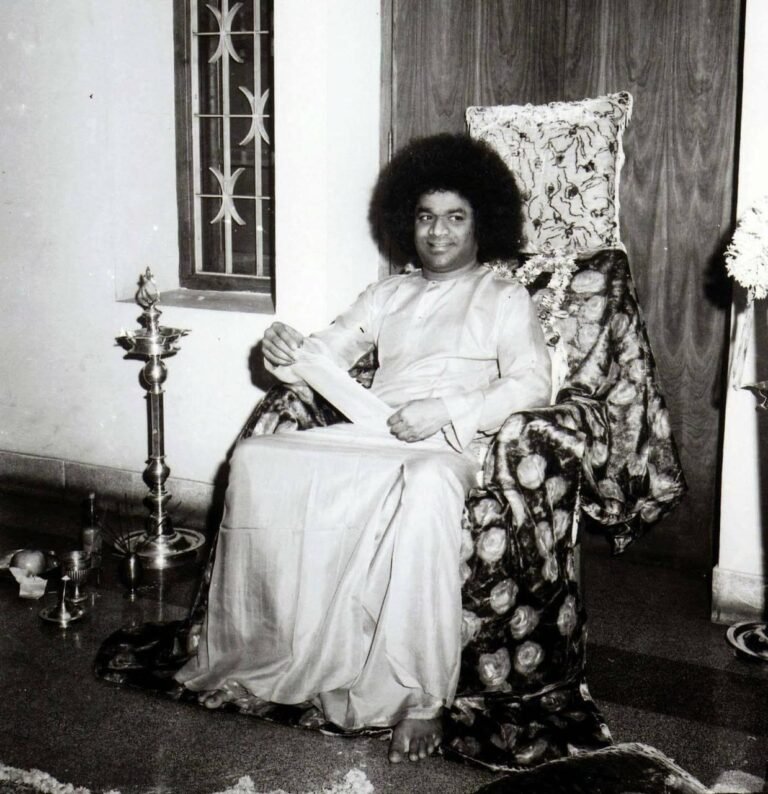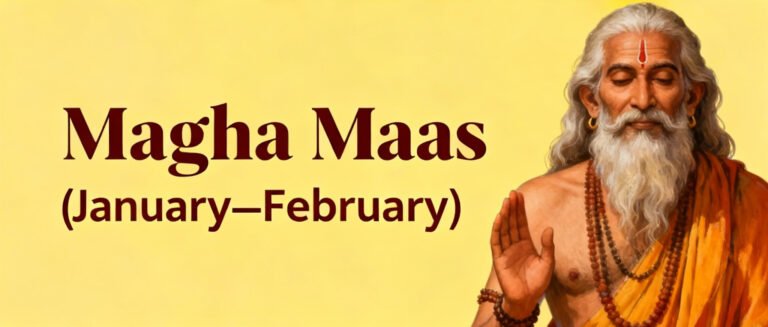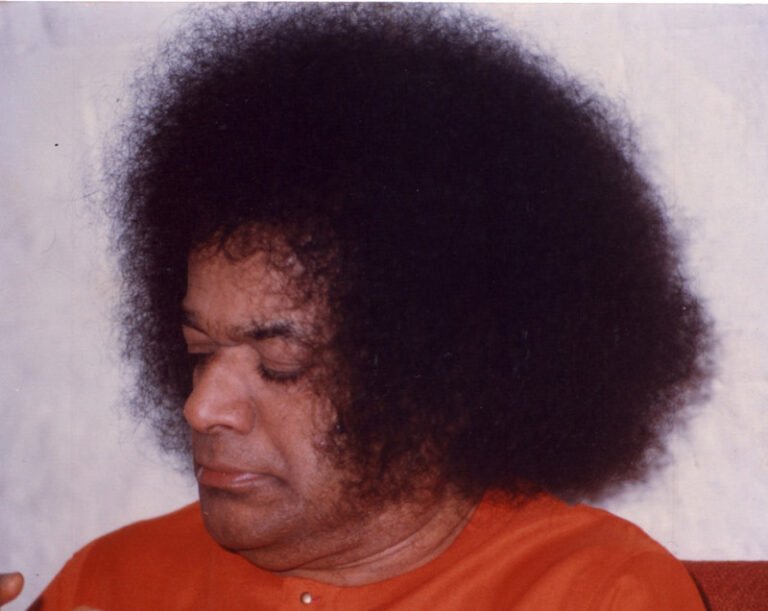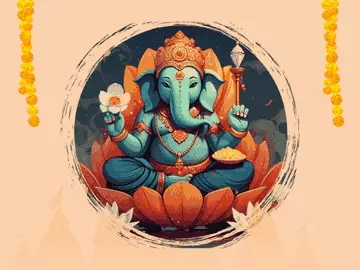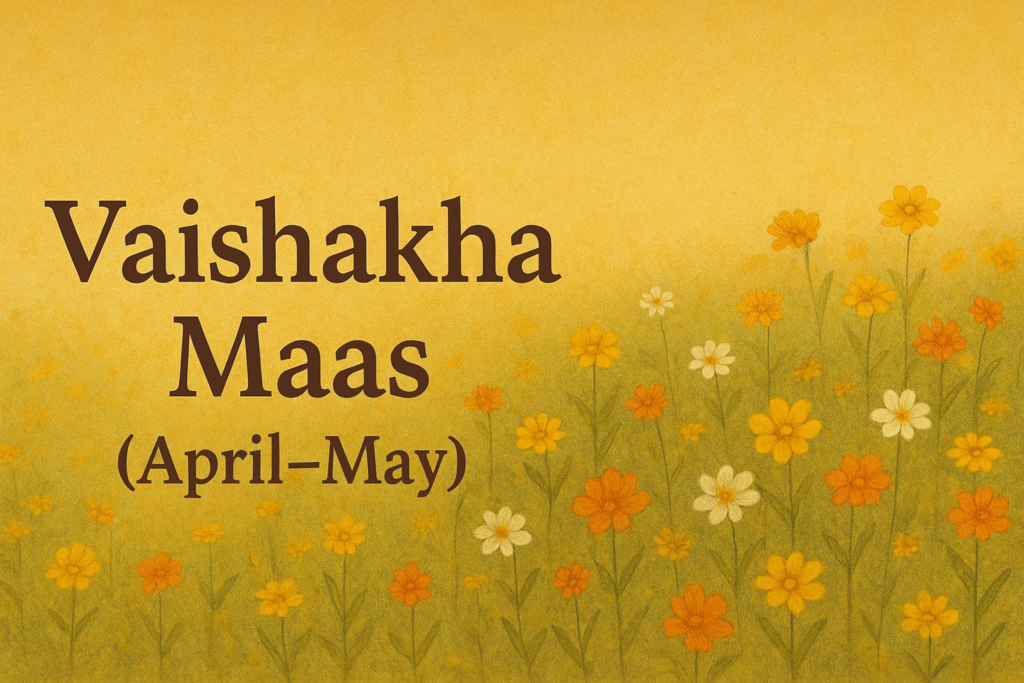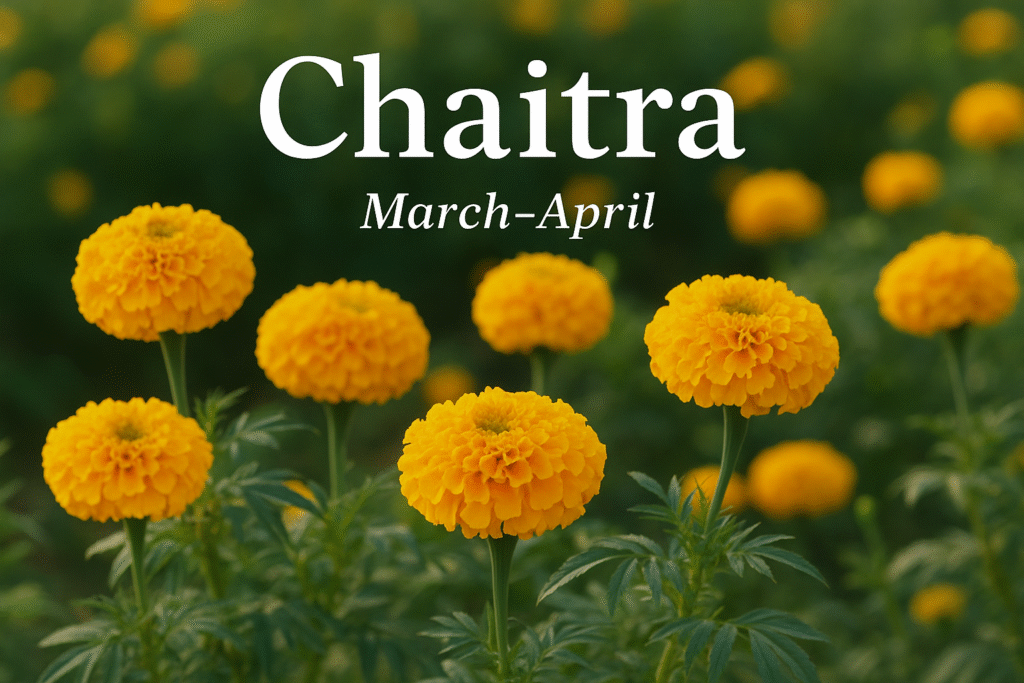Shravana (July–August)
Ekadashi In The Month Shravana (July–August) Kamika Ekadashi – Krishna Paksha (Shravana Month) 🌿 Kamika Ekadashi – Krishna Paksha (Shravana Month) Kamika Ekadashi is one of the most powerful and spiritually uplifting Ekadashis, observed during the Krishna Paksha (waning phase of the moon) in the month of Shravana (July–August). Dedicated to Lord Vishnu, the sustainer of the universe, this Ekadashi is said to wash away all sins, destroy negativity, and grant liberation (moksha). The word Kamika means “one who fulfills desires,” and it is believed that fasting and worship on this sacred day fulfill both spiritual and worldly aspirations of devotees. 📜 Mythological Significance The glory of Kamika Ekadashi is described in the Brahma Vaivarta Purana, where Lord Krishna explained its importance to King Yudhishthira. He stated that observing this Ekadashi removes sins as vast as the Himalayas and brings blessings equal to performing great sacrifices (Yajnas). In ancient times, a pious devotee named Chandrachuda, who had unknowingly committed a sin, observed Kamika Ekadashi with deep devotion. By fasting and offering prayers to Lord Vishnu, he was freed from all his past karma and attained salvation. The Lord granted him liberation, showing that faith and sincerity can purify even the gravest wrongs. Kamika Ekadashi also has a deep connection with the worship of Tulsi Devi (the sacred basil plant). Offering Tulsi leaves to Lord Vishnu on this day is said to bring immense merit. Even touching or watering a Tulsi plant on Kamika Ekadashi destroys negative karma and invites divine blessings into one’s home. 🌼 Rituals and Observances 1. Preparation on Dashami (Day Before Ekadashi) 2. Fasting and Worship on Ekadashi Day 3. Dwadashi (Breaking the Fast) 🌺 Spiritual Meaning and Benefits Kamika Ekadashi is considered a symbol of divine purification. By observing this sacred fast, one removes deep-rooted negative tendencies such as anger, greed, jealousy, and ego. It helps align the devotee’s mind and heart with truth, humility, and devotion. Spiritual Benefits: Material Benefits: 🌿 Scriptural Quotes In the Brahma Vaivarta Purana, Lord Krishna says to Yudhishthira: “O King, the merit earned by observing Kamika Ekadashi is greater than that gained by bathing in sacred rivers, offering charity, or performing sacrifices. He who worships Me on this day with devotion attains freedom from all sins and reaches My divine abode.” 💫 Essence of Kamika Ekadashi Kamika Ekadashi teaches us that pure devotion and repentance are more powerful than any ritual or sacrifice. When one sincerely surrenders to the Divine and lets go of worldly desires, the heart becomes a temple of peace. Through fasting, prayer, and acts of goodness, Kamika Ekadashi allows devotees to awaken their inner light and experience the divine presence of Lord Vishnu within themselves. It is not merely a ritual — it is a reminder that the path to God begins with self-purification, compassion, and faith. Pavitra (Putrada) Ekadashi – Shukla Paksha Pavitra Ekadashi, also known as Putrada Ekadashi, is one of the most auspicious Ekadashis observed in the Hindu lunar calendar. It falls during the Shukla Paksha (waxing phase of the moon) in the Shravana month (July–August). This sacred day holds great spiritual significance, as it is believed to bless devotees with purity, progeny (children), prosperity, and liberation from past sins. The term Putrada means “giver of sons,” but in a broader spiritual sense, it represents the giver of virtues, spiritual growth, and blessings of continuity in family and dharma. On this Ekadashi, devotees worship Lord Vishnu, the protector and sustainer of the universe, with great devotion. He is especially worshipped in his form as Lord Janardana, who grants righteousness and fulfills pure desires. It is said that observing the Pavitra Ekadashi fast with sincerity and devotion cleanses the heart of impurities and strengthens one’s connection with the divine. Legend and Significance According to the Bhavishya Purana, there was once a king named Mahijit who ruled the city of Mahishmati. Despite all his virtues and devotion, he and his queen were childless, which caused them great sorrow. A saint named Lomesh Rishi advised the king to observe the Pavitra Ekadashi fast with full devotion. The king and queen followed his guidance, and by Lord Vishnu’s grace, they were blessed with a wise and virtuous son. From that day onward, this Ekadashi became known as Putrada Ekadashi, symbolizing divine blessings for progeny and happiness. Rituals and Observances On this day, devotees wake up early before sunrise and take a holy bath, preferably in a sacred river or by adding Ganga Jal (holy water) to their bath. After purifying themselves, they perform Lord Vishnu Puja, offering Tulsi leaves, sandalwood paste, flowers, fruits, and incense sticks. Devotees chant Vishnu mantras and read the Putrada Ekadashi Vrat Katha, which recounts the story of King Mahijit. The fast observed on Pavitra Ekadashi can be either Nirjala (without water) or Phalahar (only fruits and milk), depending on one’s capacity. The main principle is to maintain purity, devotion, and self-control throughout the day. Many devotees spend the day in chanting Vishnu Sahasranama, reading scriptures, and engaging in seva (selfless service). Spiritual Meaning Pavitra Ekadashi symbolizes the purification of the mind, body, and soul. The fast teaches discipline and reminds devotees to detach from worldly desires and focus on spiritual elevation. It is believed that observing this Ekadashi destroys sins, strengthens faith, and opens the path to Moksha (liberation). Couples desiring children observe this Ekadashi with deep devotion, as it is said to remove all obstacles in parenthood. Moreover, the vrat brings peace, prosperity, and spiritual harmony to the household. Conclusion Pavitra (Putrada) Ekadashi is not merely a ritual but a spiritual celebration of purity, faith, and divine blessings. By following this vrat with sincerity, devotees can experience spiritual rejuvenation and divine grace from Lord Vishnu. It inspires one to live a righteous life filled with devotion, compassion, and gratitude toward the divine.
Shravana (July–August) Read Post »

